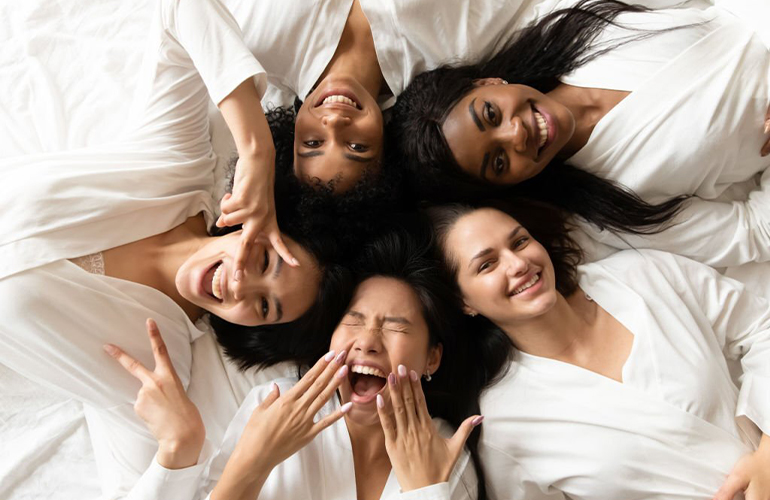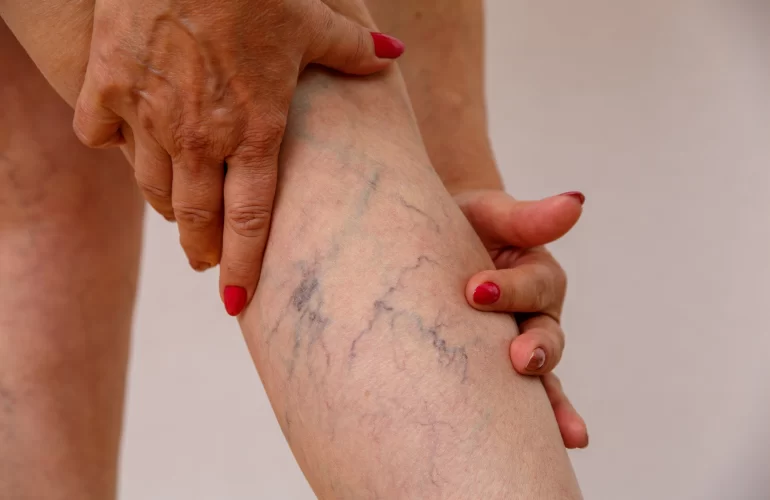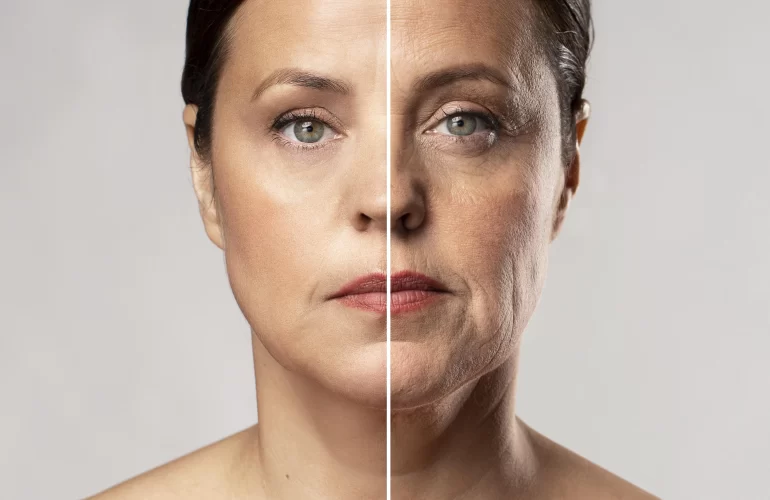What is international women’s day (IWD)?
International Women’s Day is a global day celebrating women’s social, economic, cultural, and political achievements. The day also marks a call to action for moving towards gender parity. Gender parity has the same meaning as gender equality.
IWD – Show your support and solidarity
International Women’s Day has taken place on March 8th for more than 100 years. This annual day celebrates the achievements of women and encourages action and discussion on issues of gender equality. These discussions are important, as there are many examples of inequality between men and women.
Gender equality – Education
Across the world, over 60% of the people who cannot read are women.
At least 60% of the world’s countries have fewer girls enrolled in high school than boys.
Generally, when girls have an education, they marry later, have fewer children, and earn higher wages.
Gender equality – Poverty
Single mothers with children are more likely to be poor than single fathers with children.
Older women (65+) are more likely to be poor than older men when living alone.
World poverty could be cut in half if all adults completed high school.
Gender equality – in Leadership
Worldwide, women make up less than 25% of people in national parliaments.
Women in power are more likely to support policies that promote gender equality and social welfare.
Gender equality – Workforce
On average, women, over the course of their lives, earn less than men.
Less than 30% of the world’s researchers are women.
Women account for less than one-quarter of senior roles globally.
What can you do?
Celebrate the achievements of women in your local area and worldwide.
Respectfully speak up against people who choose to stereotype girls and women.
Talk about gender inequality when you see it in the media (television, magazines, the Internet).
Think about gender equality and stereotypes in the books and movies you watch.




